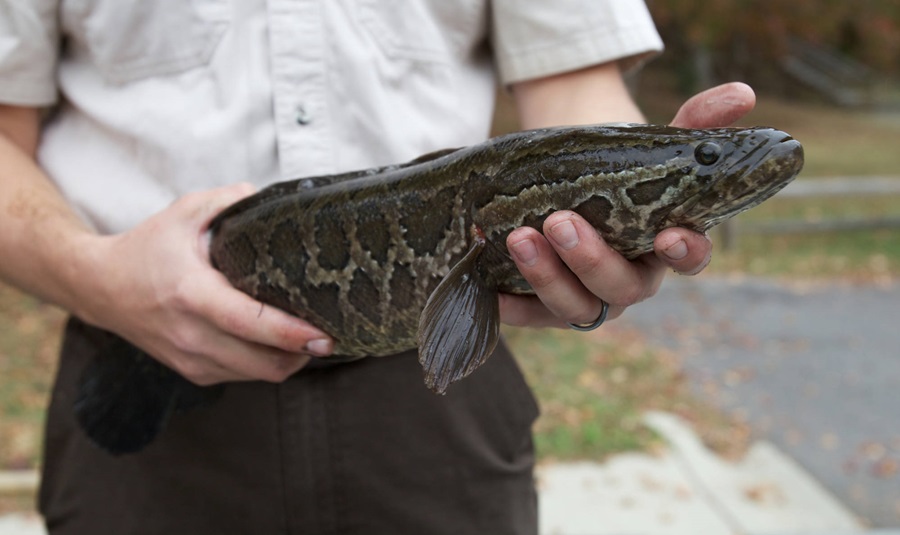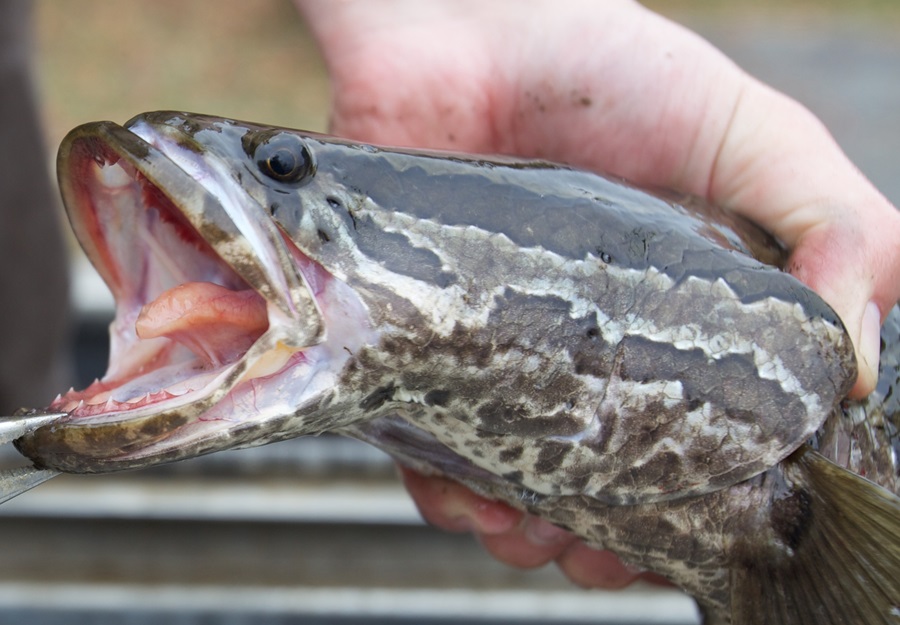It’s been another good week for catching striped bass and some bluefish. Provincetown charter and party boats all reported excellent catches, and we’re very grateful we’ve had a windless week for fishing. We’ve had just enough northerly winds to stop the water temperatures from climbing to unhealthy levels for the type of fish that reside here. Currently it’s in the mid-60s almost everywhere, and that’s a good number for July.
The bass remain camped mostly around the Peaked Hill Bar but have occasionally crept up to the Race Point Ranger Station. Once again, trollers dominated the big catches, but boats drifting baits, vertical jigging, and casting plugs did well, too.
Tuna fishing seems to be heating up on the southwest corner of Stellwagen Bank and off Peaked Hill Bar in the deep water. I hear the market for these giants is really bad at the moment, however.

If you fish along the Atlantic coast from North Carolina to Maine and have had a predator grab a fish on the end of the line while you’re fighting it, a research team from UMass Amherst is conducting a survey on this very thing. It’s called depredation when a predator partially or wholly consumes a fisherman’s catch before it can be landed. Their survey is gathering information about depredation; it can be found here: https://bit.ly/3VipGtl. Typically, depredation involves a seal or a shark grabbing your catch. We have had plenty of it on the CeeJay.

As you may know, most of our striped bass migrate here from the Chesapeake Bay area as well as the Hudson River. Here’s something that may be having a significant effect on the number of bass we see up here: there has been an invasive fish problem in the Chesapeake Bay. The invaders, introduced species that can grow to over 100 pounds, are consuming young bass.
The good news is there is a project to eliminate these invasive fish. Between March and June more than 18,000 pounds of them were removed from Maryland waters around the Chesapeake. The project, undertaken by the Maryland Dept. of Natural Resources, resulted in the removal of 2,106 northern snakeheads (a native of Asia that has unfortunately become firmly established in some 60 miles of the Potomac River) as well as 746 flathead catfish and 36 blue catfish — these introduced species are considered freshwater fish, but they can survive a level of salinity that allows them to devour prey in tidal estuaries.
The fish were all donated to food banks, so it was a win-win for the community. The removal of invasive species such as snakeheads and catfish helps reduce in-water competition for food and habitat and predation pressure on native anadromous fish like striped bass. It should promote a healthier and more sustainable Chesapeake environment and have a positive effect on all fisheries from Maryland all the way up to Maine.
That said, this year’s commercial striped bass season has not been great. Only 45 percent of the quota has been filled so far, and if the quota is not reached, the assumption is that the overall population is down. That could mean stricter rules for both commercial and recreational fisheries in the 2025 season.



